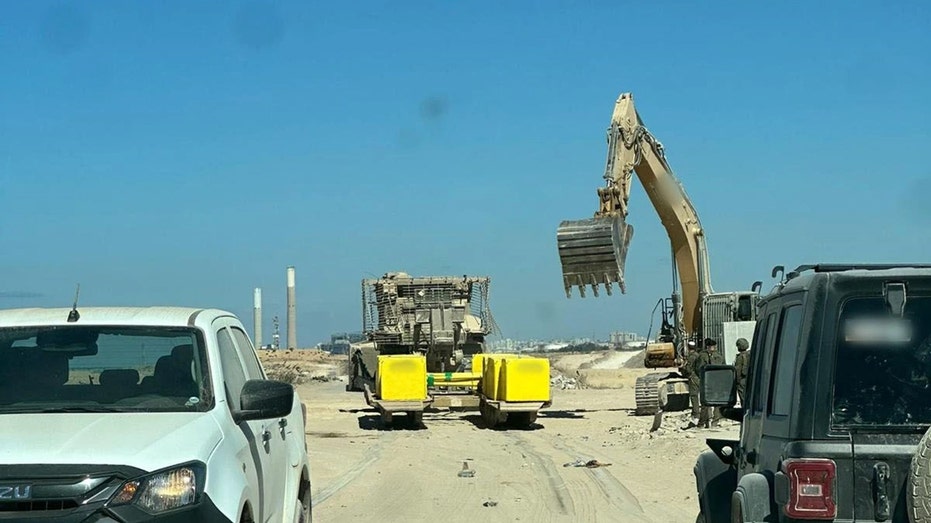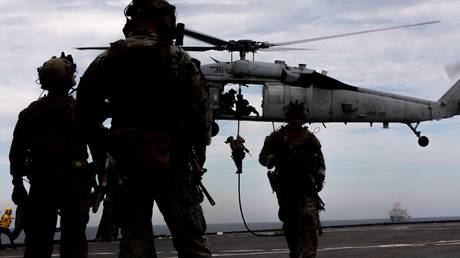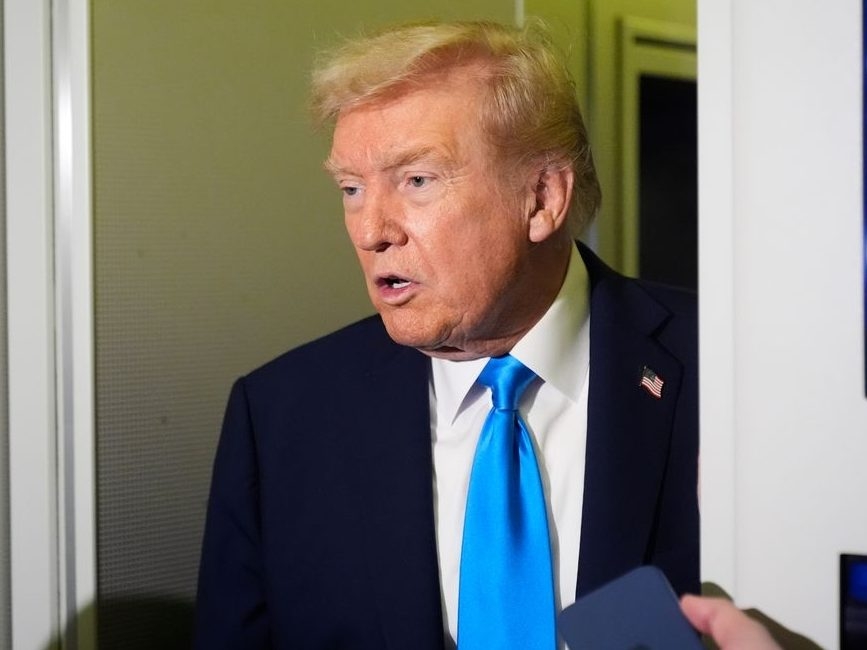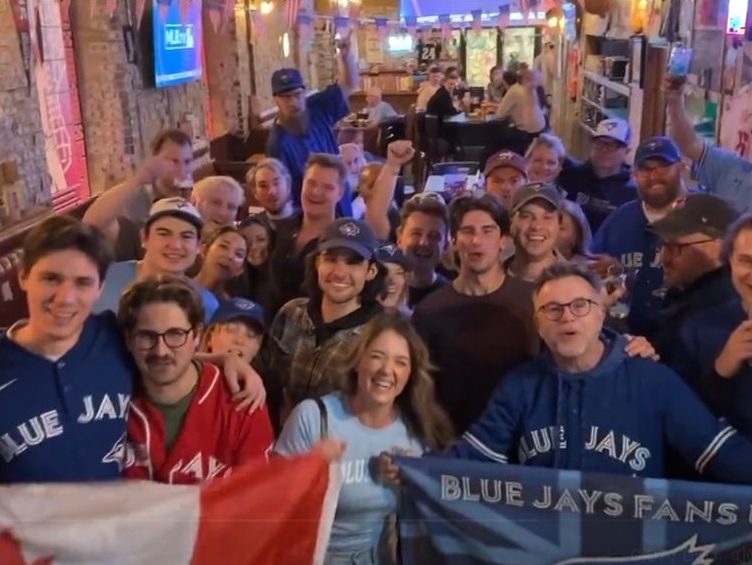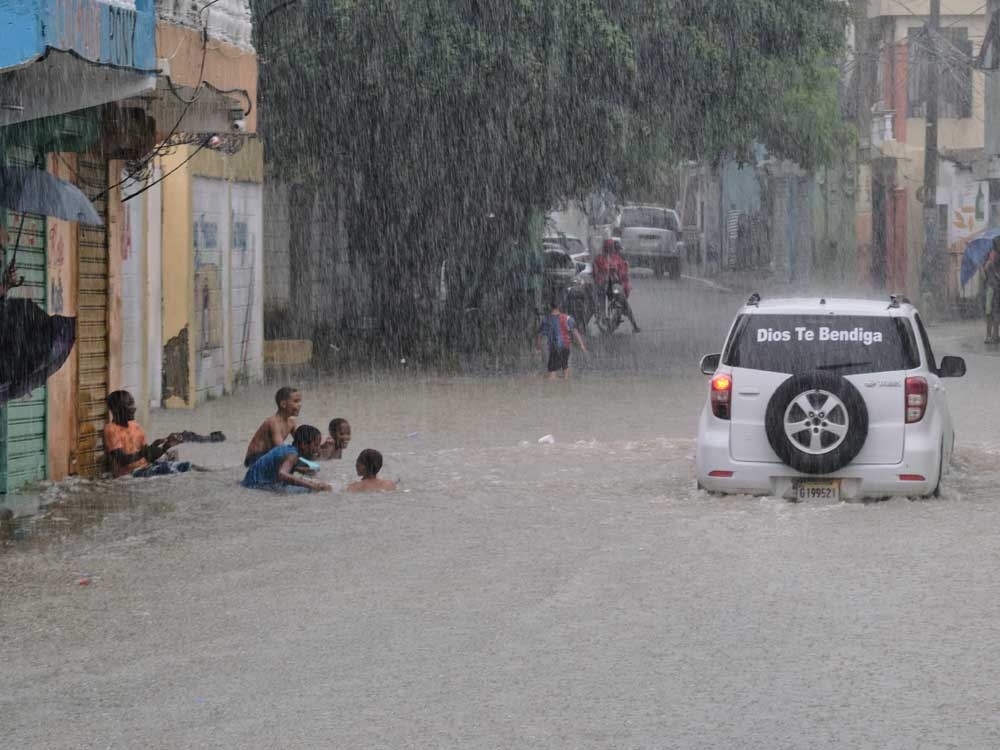As the fragile ceasefire in Gaza holds, a new idea is gaining traction — dividing the Strip into two areas. On one side, life under Hamas’s grip — on the other, a vision of what life would be like without the terror group.
With Arab states signaling they will not fund reconstruction as long as the terror group remains in power, U.S. and Israeli officials are weighing a new approach — rebuilding in parts of Gaza still under Israeli control — behind what Israeli officials call the "yellow line." The hope, experts explain, is to create a living example of peace and recovery that could inspire change inside the areas still ruled by the Hamas.
The areas currently under Israeli control behind the so-called "yellow line" make up roughly 58% of the Gaza Strip, including all of Rafah in the south, large parts of Khan Younis, and northern neighborhoods such as Beit Lahia and Shujaiyya. Hamas controls the remaining territory, including densely populated Gaza City. Despite the IDF presence, Hamas operatives remain active near the front lines.
VANCE WARNS HAMAS AS GAZA PEACE PLAN'S CIVILIAN MILITARY COOPERATION CENTER OPENS
John Spencer, executive director of the Urban Warfare Institute, described the plan to divide Gaza into two distinct zones — one under Israeli control and the other under Hamas — allowing rebuilding only on the Israeli side both a "practical and psychological test, a way to show Gazans what life could look like without Hamas."
Spencer used the term "Disneyland strategy" to describe the concept, which he said was drawn from U.S. counterinsurgency efforts in Iraq.
"You take any piece of the problem — here we’re talking about terrain — and you clear out all the bad: Hamas, tunnels, weapons, everything," he said. "Then you let civilians in and you build something new — markets, buildings, schools, electricity. We called it Disneyland because we wanted it to look like hope — like the future."
He said the idea follows the "clear, hold, build" model used in Iraq and Afghanistan, where troops secured neighborhoods one by one. "In Ramadi, we did it neighborhood by neighborhood until we covered the whole city," he said. "You hold it, clear it, let the locals take over. It’s historically proven. You don’t have to rid Gaza of Hamas to start this."
The goal, Spencer said, is to give Gazans — and the world — a tangible glimpse of life without Hamas.
HAMAS DEFENDS EXECUTIONS OF PALESTINIANS AFTER TRUMP ISSUES STERN WARNING TO TERROR GROUP
"You build a little piece of goodness, a little Disneyland, to show everybody what’s possible," he said. "It would also show the countries that are going to provide stabilization forces something they could be doing — stabilizing cleared areas that don’t have Hamas in them."
Still, he cautioned the concept is no silver bullet. "You will have areas on the other side of the line where Hamas thinks they have control," he said. "Building something without Hamas is as important to defeating Hamas as it is to showing people there’s a future."
Inside Hamas-controlled Gaza, fear still defines daily life. "Since the start of the ceasefire, we are terrified," one resident told Fox News Digital, speaking on condition of anonymity for fear of retaliation.
"We don’t want to stay under Hamas. It’s very terrifying for us to hear that Jared Kushner said reconstruction will only take place in the areas Hamas does not control. Trump and Netanyahu said Hamas will end — but look what’s happening. They are back, stronger, and we are still trapped."
"There is plenty of food — yes, in the markets food is available, all kinds of food," he continued. "All merchandise is available again, and prices are becoming lower and lower. Life is back, but destruction is what we see everywhere."
For some on this side of the yellow line, the prospect of rebuilding a new Gaza on the other side — even a small one — feels like freedom.
Hussam al-Astal, who leads an anti-Hamas militia in Khan Younis, told Fox News Digital, "We do not seek to rule Gaza, nor do we seek power. Our project, after the rule and collapse of the Hamas-ISIS government, is to secure the people and move them through the transitional phase … to civilian institutions that govern in a way that pleases God, far from their personal interests."
He accused Hamas of turning its guns inward during the ceasefire. "We demand the entire international community protect us from Hamas’ terror," he said. "We’re not fighting for someone’s rule. We are fighting for a dignified life. We fight for a new Gaza."
Multiple sources say Israel has already offered limited support to al-Astal and other anti-Hamas factions on the ground.
"We saw a preview when the Majayda clan, in consort with anti-Hamas fighter Hosam al-Astal and aided by the IDF from the air, repelled Hamas in a localized battle," Joseph Braude, president of the Center for Peace Communications, told Fox News Digital. "That’s a small example of what’s likely to happen more broadly — local forces, backed by Israel, pushing out Hamas from the ground up."
Both Spencer and Braude agree that the emerging "two Gazas" reality isn't accidental — it’s built into the Trump administration’s 20-point plan.
"We are approaching a new reality in which it’s feasible for reconstruction to begin in a portion of the Strip — the areas behind the yellow line — while fighting continues in the rest of Gaza," Braude said. "Hamas is not a party to the peace process but a belligerent actor. Reconstruction is not contingent on Hamas’ cooperation. It begins where Hamas can no longer operate, while the effort to eliminate its presence continues in other parts of the Strip."
Braude said the plan envisions "nascent enclaves of self-rule that gradually evolve into a coalition — the foundation for what could be called a Gazan Interim Transitional Authority."
He concluded, "Developing local fighting forces to counter Hamas is a capacity Gazans welcome and Israel and its allies have," he said. "Building a functioning government with continuity, a rules-based system, and institutions — that’s the harder work."
